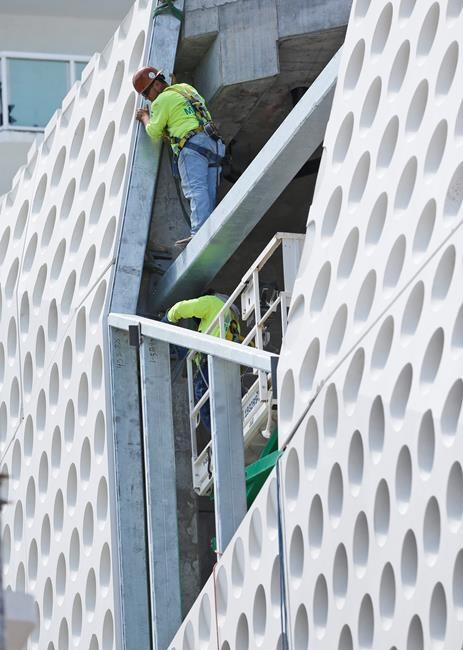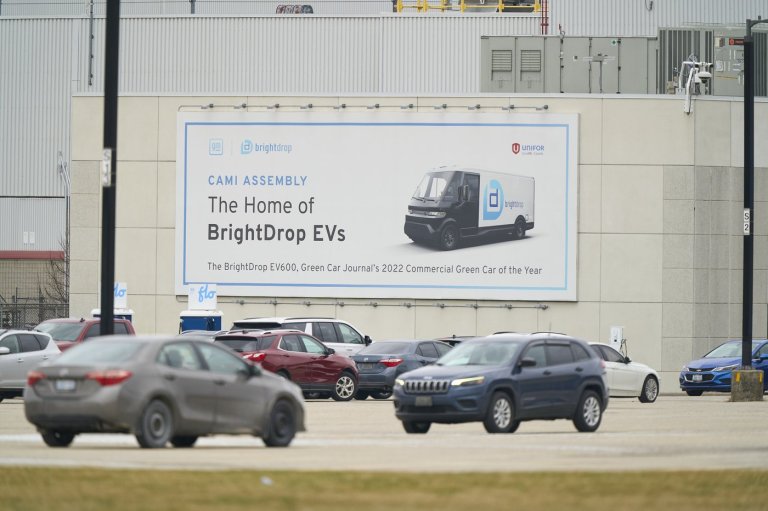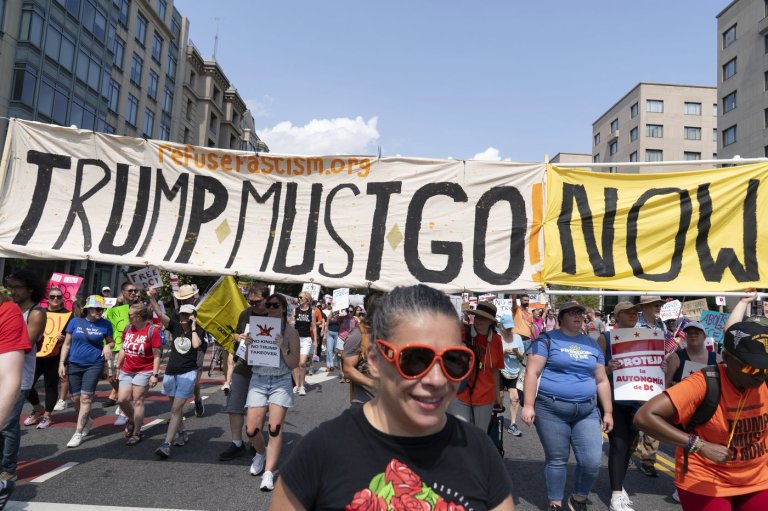
US construction spending up 0.3 pct., led by home building
WASHINGTON – U.S. construction spending advanced in March to its highest level in more than eight years. Gains in home building and nonresidential construction offset a drop in government projects.
Construction spending rose 0.3 per cent in March after a 1 per cent gain in February, the Commerce Department said Monday. The back-to-back increases raised total spending to a seasonally adjusted annual rate of $1.14 trillion, the highest level since October 2007.
The February increase represented an upward revision by the government from its initial estimate that spending had fallen 0.5 per cent that month. But the estimate for January was revised down by the government to show a drop of 0.3 per cent, from a previously reported increase of 2.1 per cent.
The report showed that “the housing market remained robust” through the first quarter of the year, said Jesse Hurwitz, an economist at Barclays Research.
Last year, home construction was a bright spot for the U.S. economy, and that support is expected to continue through 2016.
Residential construction grew at a 14.8 per cent annual pace in the first three months of the year. It was one of the few sources of strength in a quarter in which the economy grew at an annual rate of just 0.5 per cent — the slowest pace in two years.
Hurwitz said Barclays thinks the government will revise up its estimate of the economy’s growth last quarter to a 0.7 per cent annual rate, from its initial 0.5 per cent estimate, based on economic data released in recent days. The government will issue its revised estimate on May 27.
In March, home construction increased at a 1.6 per cent annual rate, while nonresidential construction increased 0.7 per cent. Spending on government projects dropped 1.9 per cent, with both state and local and federal spending falling.
Single-family construction was flat in March. But multi-family activity, a more volatile sector, jumped 5.6 per cent.
The 0.7 per cent rise in nonresidential activity lifted this sector to its highest level since October 2008. In March, spending on hotel and motel construction rose 1.6 per cent, while the category that covers shopping centres posted a 0.8 per cent gain and spending on hospitals and other health care facilities rose 1.4 per cent. Construction of office buildings fell 0.8 per cent in March.
In the government category, spending on state and local projects dropped 1.4 per cent. Spending in the smaller federal government category fell 7.4 per cent.
The home construction boom peaked in 2006. But after the housing bubble burst, construction activity fell for the next five years. Construction spending has been rising since 2012.
Join the Conversation!
Want to share your thoughts, add context, or connect with others in your community?
You must be logged in to post a comment.

















